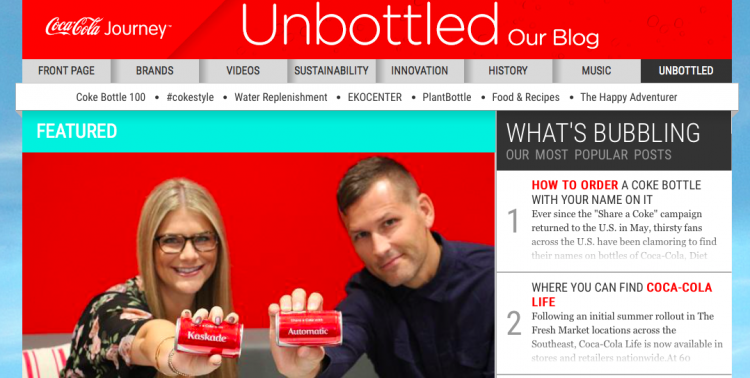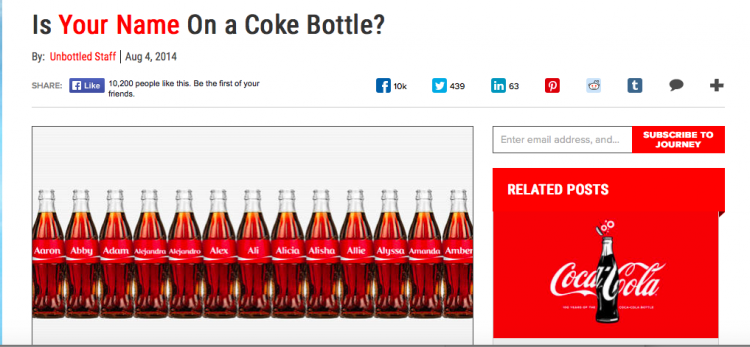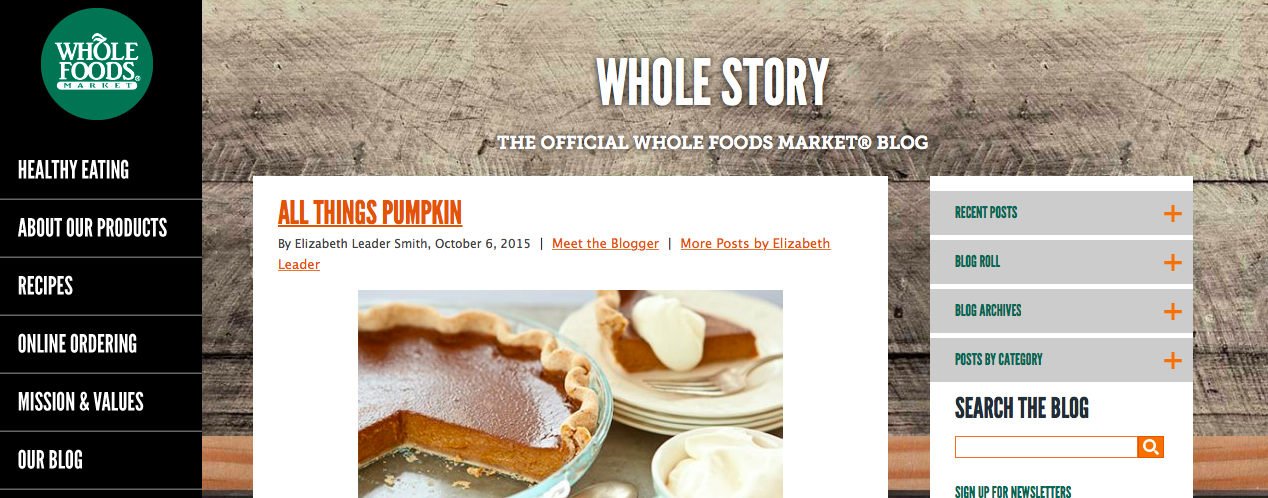3 Excellent Fortune 500 Blogs: What They’re Doing Right

Believe it or not, Fortune 500 company blogs are few and far between. According to UMass Dartmouth research, less than a quarter of the F500 host regularly updated public blogs. However, those that do regularly update blogs definitely have it right. With consistent updates and positive, brand-relevant content, a number of these companies serve as amazing examples of corporate blogging masters.
Walmart
It makes sense that one of the world’s leading companies also has one of the internet’s leading blogs. Walmart’s blog stands above the competition for a variety of reasons, but the biggest takeaway is that the corporation uses it to humanize the brand in the mind of consumers.
On any given day, the blog features human interest stories that center around employees and customers. Instead of focusing on the products they sell and success they’re having as a brand, Walmart places the emphasis on the people that make the company great.
Take, for example, this recent post about a blind employee who is exceeding expectation by refusing to let his limitations define him. That’s the kind of story that speaks to customers – not something about Q3 earnings or stock shares.
And when the blog does touch on corporate developments, it does so in a very relatable manner. For example, instead of simply discussing the data and logic behind the company’s recent expansion into Kenya, the Walmart blog gives readers “6 Facts” about Kenya.
Coca-Cola
Coca-Cola, one of Atlanta’s largest companies, takes a similar approach, but really seeks to engage readers by creating valuable and unique branded content. The blog is extremely active and posts center around everything from business and sports to innovation and sustainability.
One of the most popular posts of all time is about something rather practical: Finding your name on a bottle of Coke. It’s a short post, but is extremely well received. It’s been shared well over 10,000 on Facebook and clearly outlines the process.
This is a fantastic example of creating valuable content that’s both practical and brand-specific. Perhaps nobody does a better job of this than Coca-Cola.
Whole Foods
Whole Foods understands its audience and plays to its strengths. It knows that its users are extremely Pinterest-savvy and develops content that’s easily shareable on social platforms. From recipes and cooking techniques to healthy living and organic topics, the Whole Foods blog is a perfect example of how valuable content is when the company behind the blog understands who the target market is.
Just check out this blog post. It’s simple, heavy on the images, and extremely practical. Sometimes, as in this case, less is more. That’s the big takeaway. If you know your audience, you don’t have to waste valuable time, money, and resources creating, publishing, and sharing content that doesn’t resonate.
Get Inspired, Start Publishing
While you may not have the same resources that Fortune 500 companies do, you can still invest in the creation of a quality blog that’s effective and high-returning. Using these three examples, remember the importance of humanizing your brand, creating practical branded-content, and understanding your audience.




